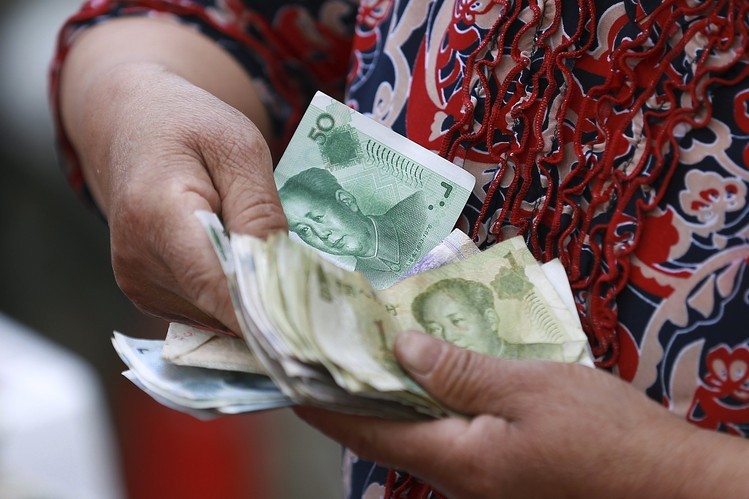China s foreign direct investment barely grows
Post on: 16 Март, 2015 No Comment

MarkMagnier
BEIJING — The amount of new foreign direct investment that China attracted in June barely increased over its year-earlier figure as overseas companies battled higher operating costs and slowing economic growth.
On Wednesday, China is due to release its closely watched second-quarter gross domestic product results, which will provide a closer look at the health of the world’s second-largest economy.
Given the current situation in China, the FDI number will stay low, said CIMB economist Fan Zhang. If you look at the China economic environment, it’s not as good as in previous years. So it’s not a good time to enter China.
China’s Ministry of Commerce said Tuesday that China attracted $14.42 billion of foreign direct investment in June, a slight 0.2% increase over June 2013.
June’s FDI number was up from May’s $8.6 billion, which was 6.7% lower than a year earlier.
FDI in the first six months rose a tepid 2.2% year on year to $63.33 billion.
Higher labor costs remain a key concern for foreign companies operating in China. The average monthly wage for migrant workers at the end of 2013 was 2,609 yuan ($420), a 13.9% increase over 2013, the National Bureau of Statistics said in a recent annual survey. That compares with year-over-year rise of 11.8% in 2012 and a jump of 21.2% in 2011.
Slower economic growth after decades of double-digit expansion has also made China less attractive. China’s GDP grew by 7.4% year-over-year in the first quarter, its weakest pace in 18 months, down from the 7.7% year-over-year growth seen in the fourth quarter of 2013. Economists expect the second-quarter GDP results due out Wednesday to come in at about the same level as the first quarter.
In a survey released in late May by the European Union Chamber of Commerce in China, just 21% of member companies said China was their first investment choice, compared with 33% two years ago. Intended expansion plans and planned mergers and acquisition figures were also down sharply, the chamber said, as companies grappled with tighter profit margins, stepped-up competition and market-access problems.
A report by the American Chamber of Commerce in China earlier in the year noted a similar trend, although the decline in confidence was less dramatic among U.S. companies. For the first time, those U.S. companies who said they planned to increase their investments in China by 10% or less in 2014 formed the biggest category, while the proportion of companies planning no increased investment in China this year rose to 27% from 16% in 2013.
I don’t expect any big change in the FDI trend, said ING economist Tim Condon. We’ll probably see some net narrowing of outbound versus inbound investment, unless there’s some real breakthrough on the Chinese reform front that excites people.
Grace Zhu contributed to this article
Write to Richard Silk at richard.silk@wsj.com














